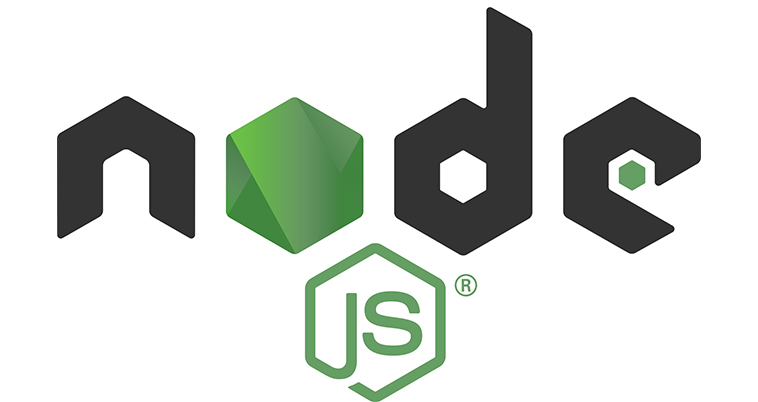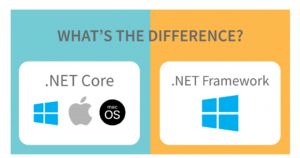Node.js is a popular platform that allows developers to build scalable and efficient web applications. It uses JavaScript on the server side, making it a convenient and easy-to-use platform for developers who already have experience with the language. In this blog post, we will explore how to create a simple server using Node.js and return a “Hello from Share Your Knowledge Blog” message.
Setting up the Environment
Before we dive into the code, let’s first make sure we have everything we need to get started with Node.js development. We will need to have Node.js and npm installed on our machine. If you do not have them installed, you can download them from the official Node.js website. Once installed, we can verify that they are working by running the following commands in the terminal:
node -v
npm -v
If both commands return a version number, then we are ready to start coding.
Creating a Server
The first step in creating a server with Node.js is to import the required modules. We will use the built-in HTTP module, which provides functionality for creating an HTTP server. We can import the HTTP module by adding the following line of code at the beginning of our script:
const http = require('http');
Next, we will create a server object using the createServer() method provided by the HTTP module. The createServer() method takes a callback function as its argument, which will be called every time a request is made to the server. Inside the callback function, we can define how the server should respond to the request.
const server = http.createServer((req, res) => {
// server response code goes here
});
In the callback function, we have access to two objects: the request object (req) and the response object (res). The request object contains information about the incoming request, such as the URL, headers, and request method. The response object is used to send a response back to the client.
Returning “Hello from Share Your Knowledge Blog”
Now that we have set up the server, let’s define how we want it to respond to requests. We will return a simple message that says “Hello from Share Your Knowledge Blog”. To do this, we can set the response headers and write the message to the response body.
const server = http.createServer((req, res) => {
res.writeHead(200, {'Content-Type': 'text/plain'});
res.write('Hello from Share Your Knowledge Blog');
res.end();
});
The first line of code sets the response status code to 200, indicating that the request was successful. We also set the content type to text/plain, which tells the client that the response body will contain plain text.
The next line of code writes the message to the response body using the write() method. Finally, we call the end() method to signal that we are done writing the response, and the server can send it back to the client.
Starting the Server
Now that we have defined how the server should respond to requests, we need to start it up and listen for incoming requests. We can do this by calling the listen() method on the server object and passing in the port number we want to listen on.
const server = http.createServer((req, res) => {
res.writeHead(200, {'Content-Type': 'text/plain'});
res.write('Hello from Share Your Knowledge Blog');
res.end();
});
server.listen(3000, () => {
console.log('Server is running on port 3000');
});
In this example, we are listening on port 3000. When a request is made to this port, the server will respond with the “Hello from Share Your Knowledge Blog” message. We also added a console.log statement to indicate that the server is running and listening for requests.
Testing the Server
To test the server, we can open a web browser and navigate to http://localhost:3000. This should display the “Hello from Share Your Knowledge Blog” message in the browser window. We can also use tools like Postman to send HTTP requests and inspect the server’s response.
Conclusion
In this blog post, we explored how to create a simple server using Node.js and return a “Hello from Share Your Knowledge Blog” message. We started by importing the HTTP module and creating a server object using the createServer() method. We then defined how the server should respond to requests by setting the response headers and writing the message to the response body. Finally, we started the server and tested it using a web browser and other tools.
Node.js is a powerful platform that allows developers to build scalable and efficient web applications. With its easy-to-use syntax and vast ecosystem of modules, it is a great choice for web development projects of all sizes. I hope this tutorial has helped you get started with Node.js development and given you a better understanding of how to create a server and handle HTTP requests. With practice and experimentation, you can build more complex applications and explore the many features and modules that Node.js has to offer.
As you continue your Node.js development journey, it’s important to keep in mind best practices for optimization and security. This includes minimizing dependencies, using caching and compression, and validating user input to prevent attacks like SQL injection and cross-site scripting (XSS).
In addition, staying up to date with the latest trends and technologies in the Node.js community can help you stay ahead of the curve and deliver better solutions to your clients and users. Some popular topics in the Node.js community include serverless computing, containerization, and microservices architecture.
In summary, Node.js development is a powerful tool for building fast and efficient web applications. By following best practices and staying up to date with emerging trends and technologies, you can create amazing solutions that delight your clients and users. So go ahead and get started with Node.js today, and share your knowledge with the world!
And if you would like to start using SQL database and to connect a database for your application and understand more you can check this blog about connecting SQL with Node.js applications




Comments
Thanks for posting. I really enjoyed reading it, especially because it addressed my problem. It helped me a lot and I hope it will help others too.